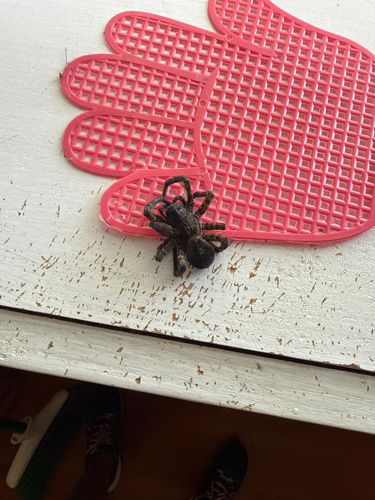Wolf Spider
Scientific Name: Lycosidae (a family of spiders)
Order & Family: Order Araneae, Family Lycosidae
Size: Body length typically ranges from 0.4 to 3.5 cm (0.16 to 1.38 inches), with leg spans often much larger depending on the species.

Natural Habitat
Found in a wide range of habitats including grasslands, forests, deserts, and suburban areas. They are often found on the ground, under rocks, logs, or leaf litter.
Diet & Feeding
Primarily carnivorous, feeding on various insects and other small invertebrates. They are generalist predators.
Behavior Patterns
Wolf spiders are known for their rapid movement and hunting prowess. They do not build webs to catch prey but actively hunt on the ground. Females typically carry their egg sacs attached to their spinnerets and, after the spiderlings hatch, they carry them on their backs for several days to weeks.
Risks & Benefits
Wolf spiders are generally not aggressive towards humans and their bites are rare. While their bite can be painful and lead to localized swelling, redness, and itching, it is not considered medically significant for most people. They are beneficial for controlling insect populations, including agricultural pests.
Identified on: 8/27/2025